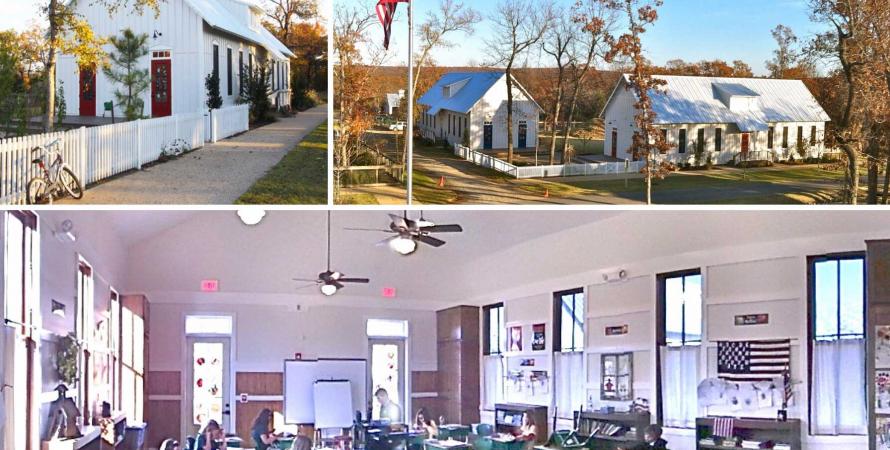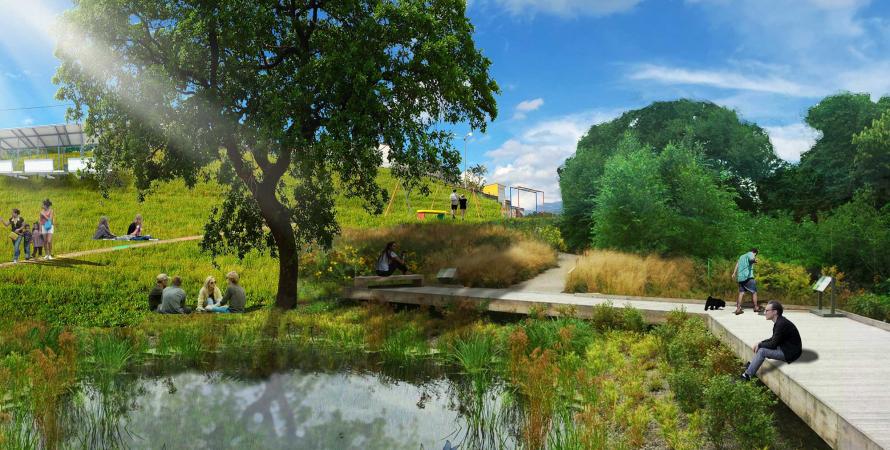-

Build as if daylight were your first light
"Build as if daylight were your first light, and artificial light was reserved for the night. The windows you’ll add will also be great for cross ventilation in warmer months. And everything in rooms with light on two sides (including the people) will be more beautiful," advises architect Steve...Read more -

Why we hug the edge of open spaces: Campus design, part 7
Fundamental sensory mechanisms determine how we walk in relation to built structures. This physiological basis must inform the design of pedestrian campus circulation.Author’s note: This is the seventh in a series of ten essays that present innovative techniques for designing and repairing a corporate or university campus. These tools combine New Urbanist principles with Alexandrian design methods. We are physiologically drawn to visual destinations, while the...Read more -

Reflections on 10 Years of the NYC plaza program
Seventy-four public spaces have been created out of underutilized parts of the city street network in the last decade.In 2007, NYC Mayor Michael Bloomberg’s PlanNYC made a bold commitment that all New Yorkers would live within a 10-minute walk of an open space. Rather than give that goal to the Parks Department as might seem obvious, the plan’s visionary crafters assigned it instead to the Department of...Read more -

Recovering urban nature for a healthier city
In Curridabat, Costa Rica, new urbanist interventions are combined with park improvements, wetlands, and projects to improve biodiversity.The first city in Costa Rica to adopt form-based coding has created a citywide plan to connect urban neighborhoods to nature. Sweet City is the next phase of a Charter Award-winning plan of 2014. The majority of Curridabat’s 72,500 citizens live among public spaces dominated by asphalt—inhibiting...Read more